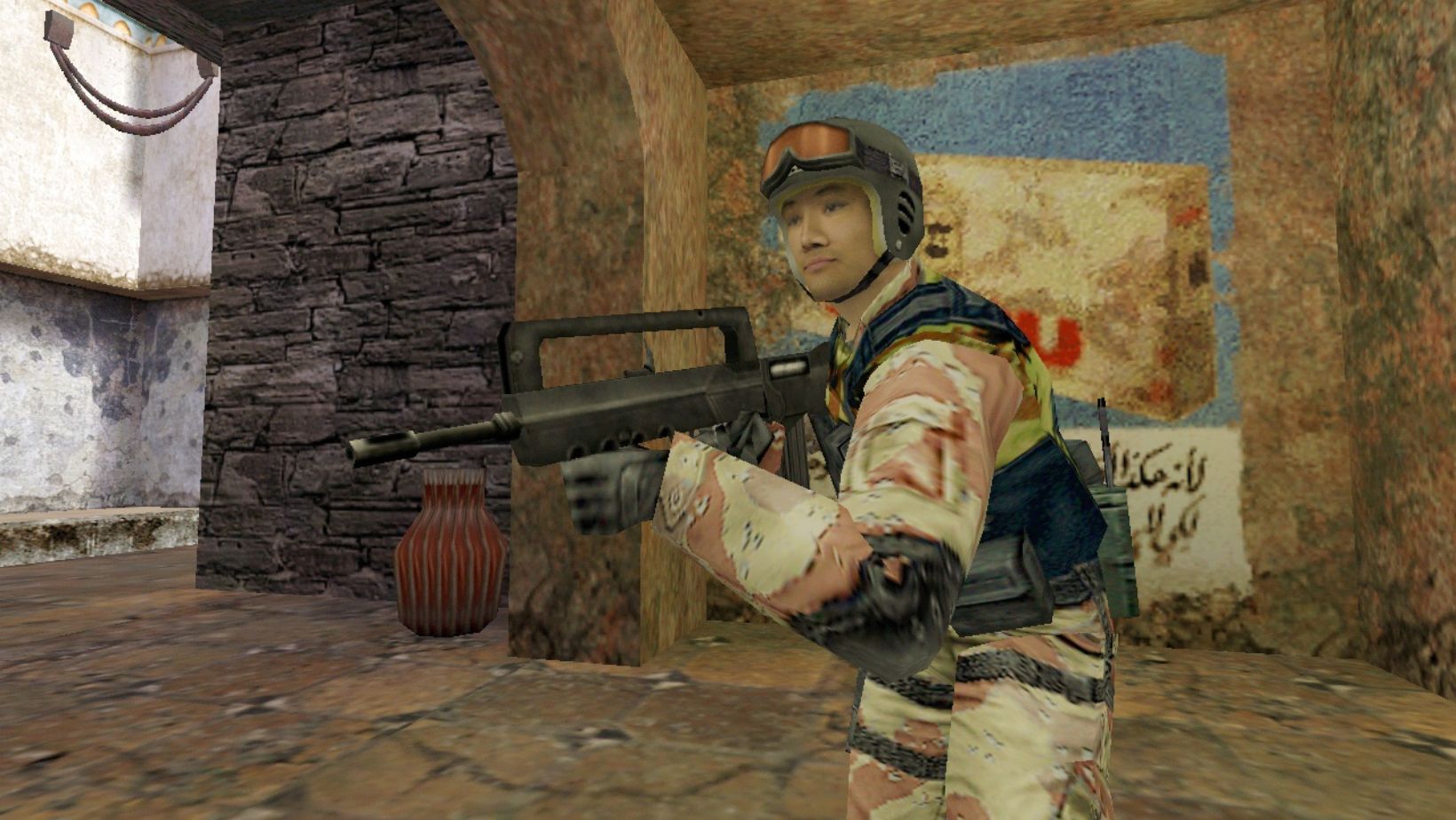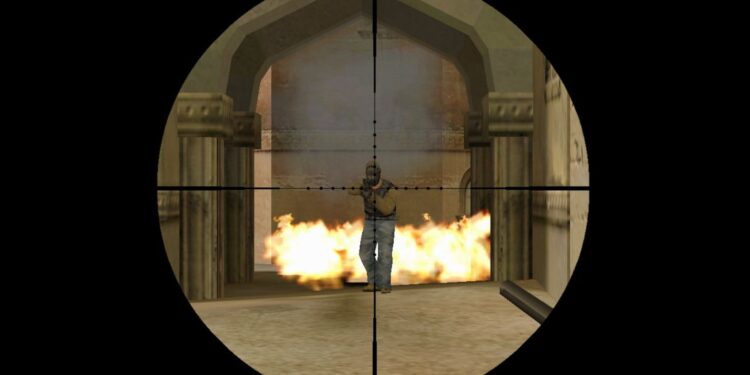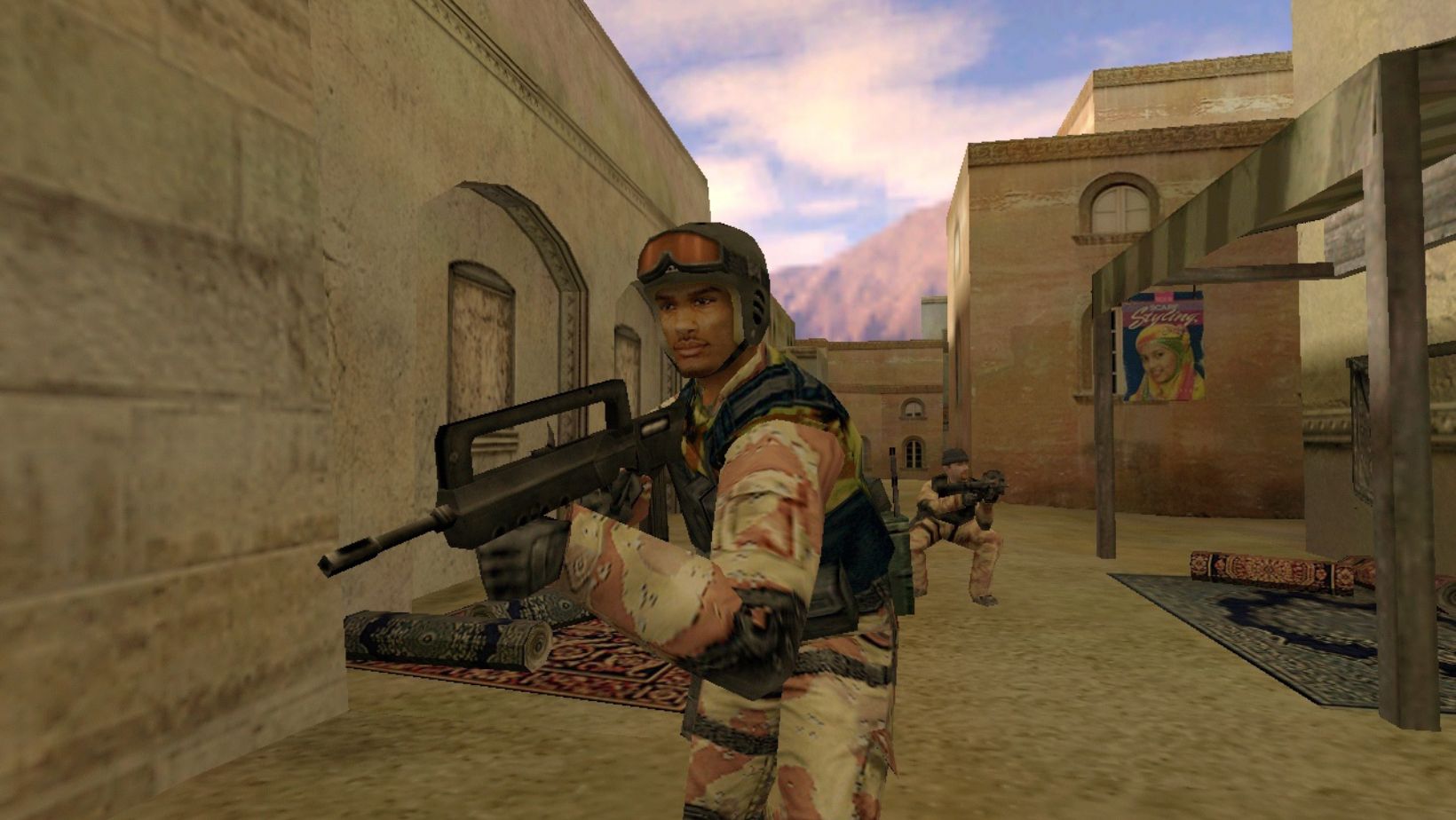If someone had told me back in the early 2000s that people would one day spend thousands – sometimes even hundreds of thousands – of dollars on digital gun skins, I would’ve laughed. Loudly. Yet here we are. Counter-Strike skins aren’t just cosmetic items; they’re a cultural phenomenon, a booming economy, and, let’s be real, a status symbol in the gaming world.
But how did we get here? What made Counter-Strike’s skin economy the blueprint for digital collectibles? And what can others learn from it?
Scarcity, Status, and That Sweet, Sweet RNG
At its core, the Counter-Strike skin market thrives on three key ingredients: scarcity, status, and randomness.
Valve, the developers behind Counter-Strike, nailed the formula when they introduced skins in CS: GO back in 2013. Unlike traditional in-game cosmetics you just buy outright, CS:GO skins are earned through loot boxes (cases) that require keys to open. And just like ripping open a pack of rare Pokémon cards, you never know what you’re gonna get. Most of the time, it’s garbage. But sometimes… it’s a factory-new AWP Dragon Lore worth enough to make your bank account do a double-take.
This blend of random chance and exclusivity turned skins into more than just digital paint jobs – they became assets. Some were rare enough to be considered investments. The prestige factor? Off the charts. Owning a rare skin in Counter-Strike is like driving a Lamborghini in real life – except you don’t have to worry about parking.
The Perfect Storm: Trading, Betting, and a Thriving Economy
What really took skins to the next level was the marketplace Valve built around them. Players could trade skins, sell them for real money, and even use them in CS: GO skins betting games. Suddenly, skins weren’t just for showing off – they had real financial value.
And with value comes demand. Streamers, pro players, and content creators fueled the fire by flexing their inventory hauls like they were Wall Street traders. Some skins became legendary, with prices that skyrocketed due to sheer hype. When collectors and investors saw they could turn a $50 skin into $5,000 with the right timing, they jumped in too.
Then came third-party platforms like CSGORoll, where players could engage in case battles and skin-based wagering. The thrill of risk and reward pushed engagement even higher, making skins more than just collectibles – they became a currency.
The Takeaway: What Others Can Learn
Counter-Strike skins blew up because they weren’t just cosmetics – they were desirable, tradable, and valuable. And that formula isn’t exclusive to Valve.
- Scarcity drives demand. Limited-edition items? Time-sensitive drops? People love exclusivity.
- An engaging marketplace fuels the fire. Give players a way to trade and sell, and they’ll create their own economy.
- Community matters. Content creators and influencers helped drive skin culture. Without them, would we have $10,000 virtual knives? Probably not.

Would You Purchase Digital Drip?
Counter-Strike skins started as a simple cosmetic feature and turned into a full-fledged economy. Whether you’re someone who hunts for rare skins or just appreciates the business side of things, you can’t deny the impact.
But now, I wanna hear from you – have you ever spent money on a digital collectible? Do you think the CS:GO skin market is brilliant or ridiculous? Drop a comment below, and let’s talk about it!



























































